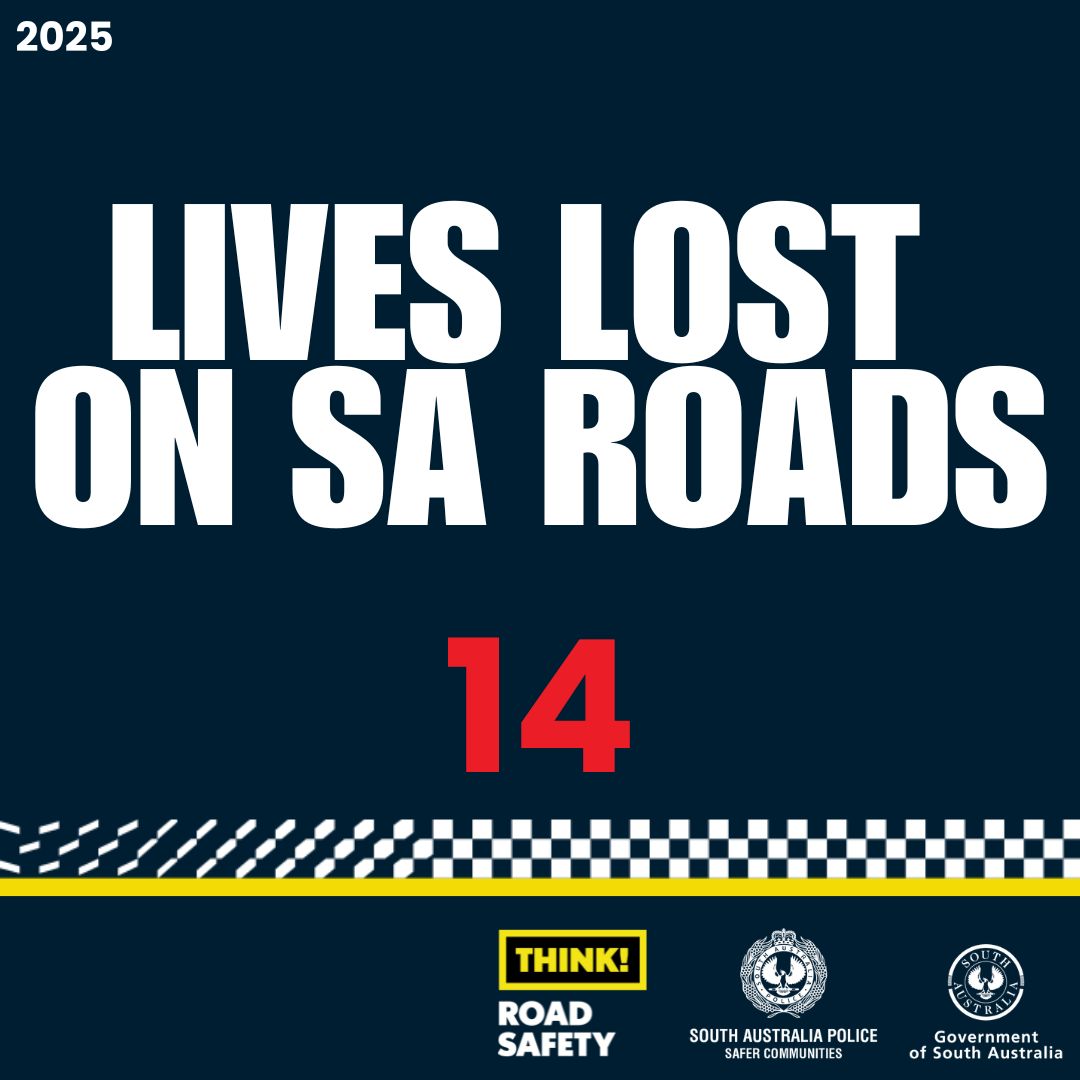
Community consultation is underway to help Lake Macquarie City Council create a new Active Recreation Strategy, aimed at supporting and promoting physical activity for health and wellbeing.
Section Manager Community Assets Brendan Callander said the strategy would help Council plan new infrastructure and explore partnerships with external providers to deliver active recreation programs.
Council’s existing recreational infrastructure includes 12 skate parks, 13 half-court/hit walls and seven outdoor fitness equipment zones.
“But we don’t actually deliver active recreation programs at these venues, or in any other open spaces or outdoor facilities,” Mr Callander said.
“We facilitate a number of activities in conjunction with things like Youth Week and Seniors Week, but there’s potential to meet growing demand and provide more regular options.”
That could include collaborating with external groups, businesses and service providers to deliver programs like learn-to-skate clinics, yoga and tai-chi classes.
“We want to make sure we’re providing options that are inclusive for everyone, and reflect community needs,” Mr Callander said.
Community consultation on the strategy throughout May will target the whole Lake Mac community, including hard-to-reach groups and demographics such as girls, seniors and people with disability.
Lake Macquarie Mayor Kay Fraser said it was important to identify and address barriers that prevented some people in the community taking up active recreational pursuits.
“Active recreation is so important for everyone, regardless of age or ability,” she said.
“It improves fitness and wellbeing, brings us together and creates vital social connections, while enjoying the beautiful spaces Lake Macquarie has to offer.”
Research by the Australian Government shows a societal shift from organised sport to recreation, as well as an increase in sedentary activity overall.
The most common barriers to activity include lack of time, affordability and lack of knowledge of, or access to, programs and facilities.
“The Active Recreation Strategy will give us an opportunity to think and plan innovatively about how we provide opportunities for physical activities that are inclusive, appropriate, multi-purpose and adaptable,” Cr Fraser said.








